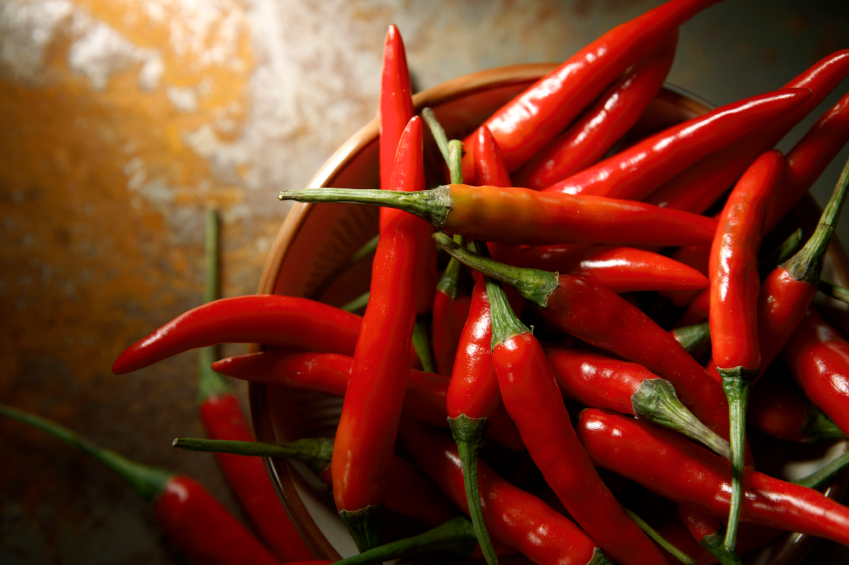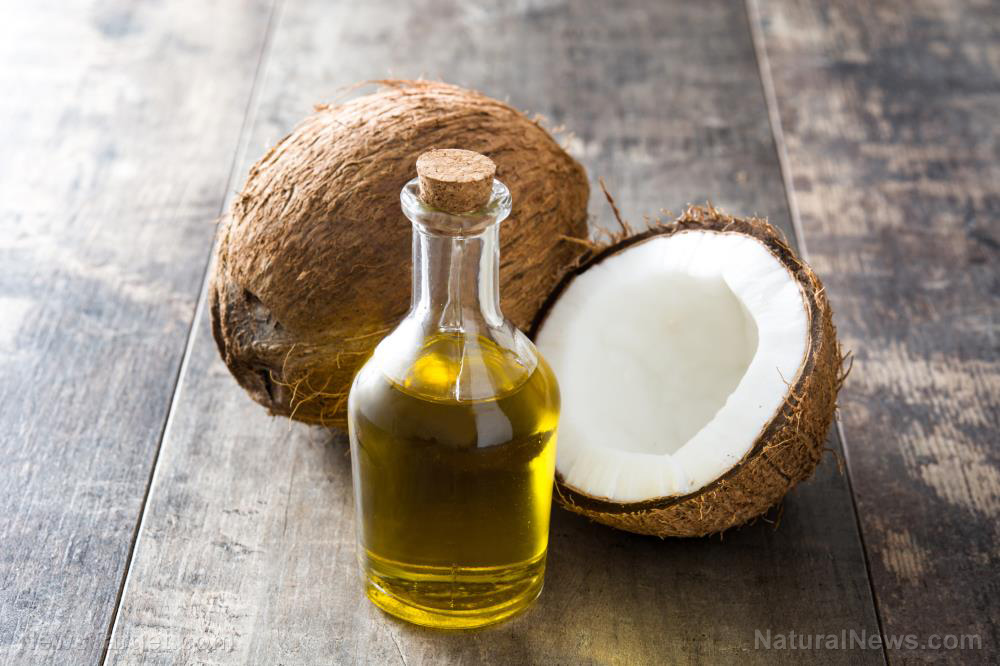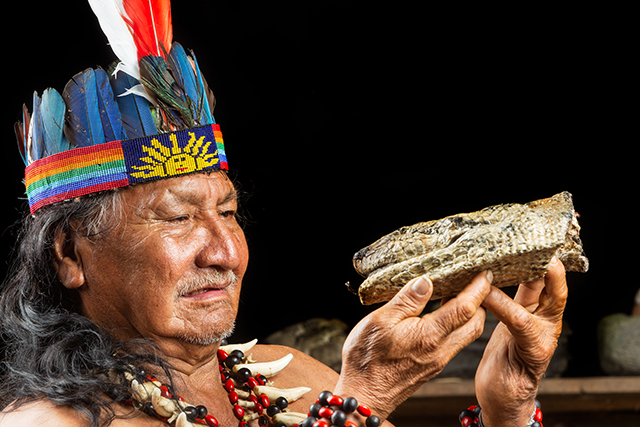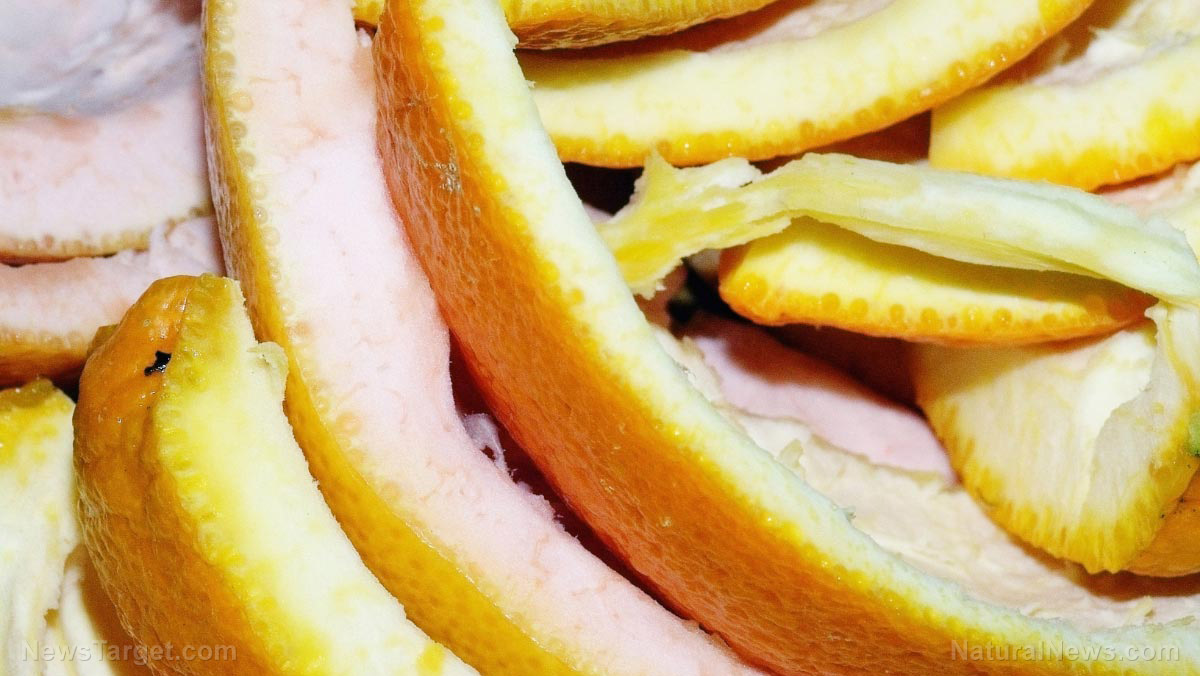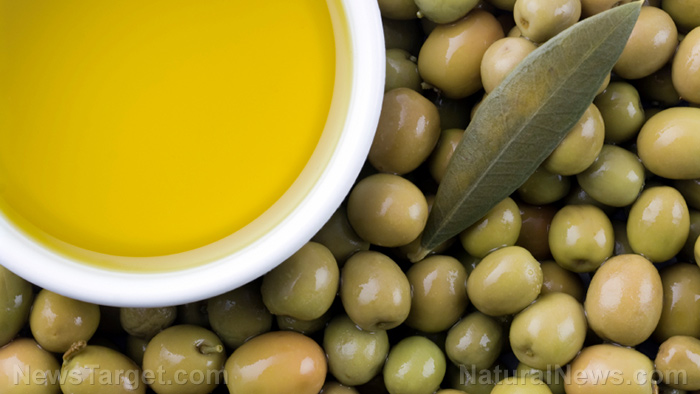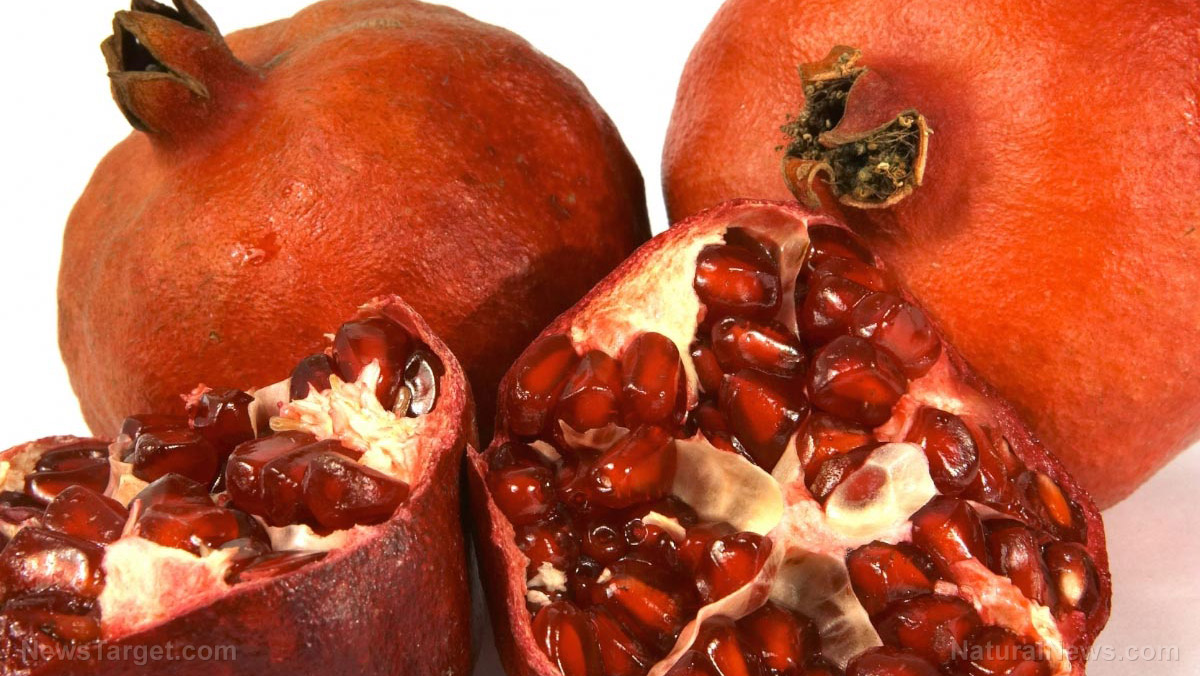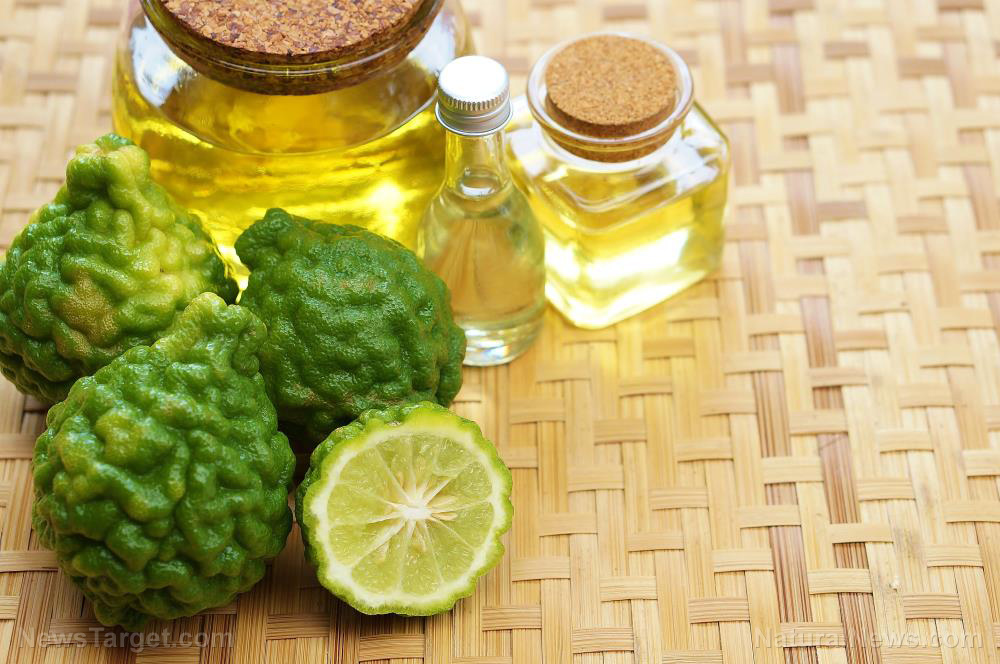Herbs from India’s tribal pouch: Ginger
10/29/2025 / By News Editors
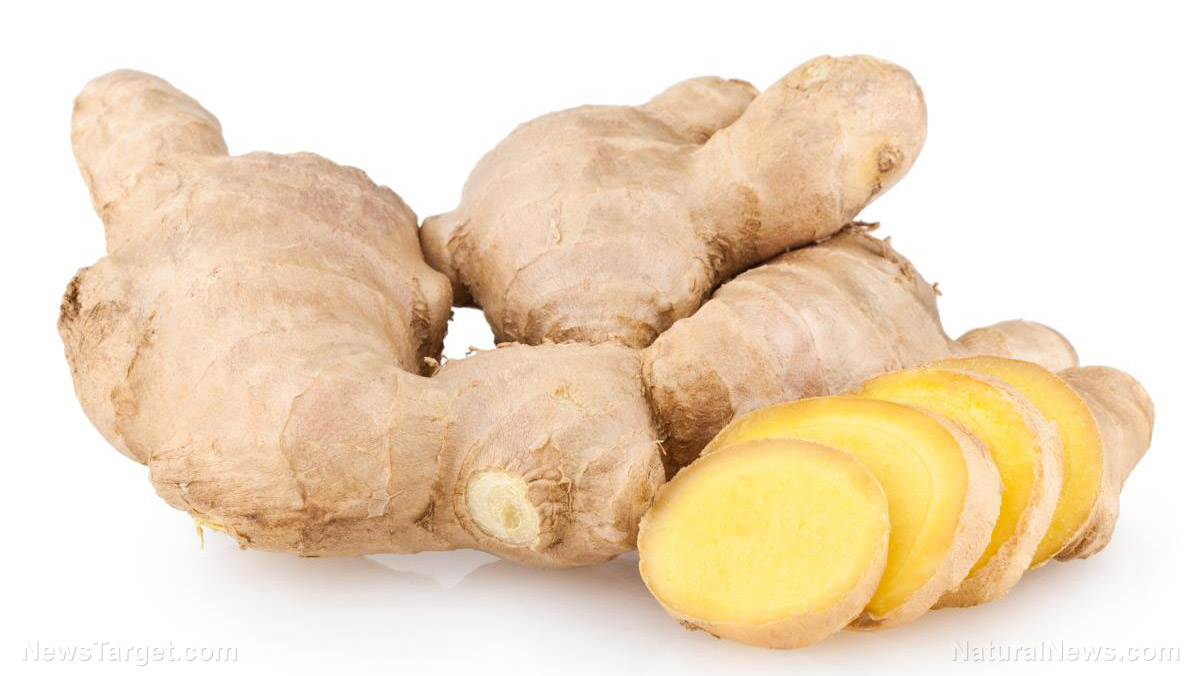
Ginger (Zingiber officinale Rosc.) is the member of family Zingiberaceae, locally known as Adrak or Ada in India. This plant is small, rhizomatous, erect and perennial. It is cultivated commercially for edible rhizomes in many parts of India and it has been part of various medicine systems across the world for time immemorial. Tribesmen in Patalkot (Madhya Pradesh) and Dangs (Gujarat) largely practice Ginger and its parts in preparation of traditional herbal formulations (Acharya and Sancheti, 2005; Acharya and Shrivastava, 2008).
(Article republished from GreenMedInfo.com)
Ginger is used as medicine in asthma, as carminative, stimulant, in constipation, diarrhea, indigestion, scabies etc., and is attributed with anti-oxidant properties (Acharya and Acharya, 2007). Plant is used as an emmenagogue, in colic (Zamora-martinez and Pola, 1992), diabetes (Mahabir and Gulliford, 1997), abdominal disease, anemia, choleric diarrhea, chronic fever, heaviness of the stomach and phantom tumor (Lama and Santra, 1979).
Leaves are used in knee pain and cough. Roots are used in knee pain (Holdsworth and Balun, 1992). Rhizome is used in toothache (Milliken and Albert, 1996), menstrual disorders and in stomachache (Gill and Akinwumi, 1986; Russo, 1992). It is also given in migraines, diarrhea (Russo, 1992), cough (Ghazanfar and Al-sabahi, 1993), fever and amenorrhea (Giron et al., 1991). Ginger leaf is an excellent expectorant and also prescribed in bronchitis (Ghazanfar and Al-sabahi, 1993). It reportedly acts as an aphrodisiac (Fleurentin and Pelt, 1982) and stimulant (Gill and Akinwumi, 1986). It is also given as a carminative, anti-conceptive (Ramirez et al., 1988), stomachic, diuretic, antiseptic, anesthetic, astringent (Al-yahya, 1986), in colds, pneumonia, rheumatism (Hussein Ayoub and Baerheim-suendsen, 1981) and as a tonic (Panthong and Tejasen, 1975).
Traditional Herbal Formulations based on Ginger
Ginger plays a vital role in different formulations prepared by the indigenous tribesmen of remote areas in India (Acharya, 2004, 2012; Acharya and Shrivastava, 2008, 2011). The local herbal healers use different part of this plant for curing range of human health (Acharya, 2012).
In Cough and Cold
- They cut Ginger rhizome into small pieces (approx. 20g), to it, they add Tamarind (Tamarindus indicus) fresh leaves (5g) and 6 cups of water. The whole mixture is boiled till it remains half. About 10ml should be consumed once in every 3 hours (Acharya & Acharya, 2007).
- Crush Ginger (5g) and add little honey to it and take it directly. This should be repeated in frequent interval. It is said that it is one of the best remedy to cure cough and cold.
- Prepare Fenugreek (Trigonella foenum-graecum) seeds powder (5g) and boil it in one cup drinking water for 2 minutes. To it, add one teaspoonful fresh Ginger rhizome juice and honey to taste. This mixture acts as an excellent expectorant.
Indigestion
- Take equal proportion of Ginger and sugar (50g each), add one liter drinking water to it and boil till it remains 1/4th. Refrigerate the filtrate. About half cup of this decoction should be taken twice a day; it works very well in indigestion.
Stomachache
- One teaspoonful dried Ginger powder with pinch of sugar helps in relieving stomach pain.
Headache
- Take dried rhizome powder (2g) of Ginger, to it add little water and apply this paste over the forehead. There would be a burning sensation for sometime, need not to worry. Soon, the headache will get disappeared.
Toothache
- Chew raw Ginger in frequent intervals, it soothes the toothache.
Asthma
- Ginger slice treated with salt can be eaten directly. Ginger and Carrot (Daucus carota) should be taken in equal proportion and taken twice a day, helps in getting relief in asthma.
Polyuria
- Ginger juice mixed with little sugar helps in controlling polyuria.
Acidity
- Equal proportion (3g each) of Ginger rhizome powder, Carum seeds (Trachyspermum ammi) powder and Aonla (Emblica officinalis) fruit powder should be added in milk (100 ml) along with sugar and taken orally.
- To cure acidity, dried Ginger powder (2g) should be mixed in a glassful leaf juice of Broom Creeper (Cocculus hirsutus) and given.
Joint pains
- Ginger rhizome powder (4g) should be mixed in Castor (Ricinus communis) root decoction (10ml) and applied externally over the painful joints, it minimizes the pain.
Intestinal Worms
- Ginger rhizome powder (2g), Sappan Wood (Caesalpinia bonduc) fruit powder (1g), pinch of black salt and Asafoetida (Ferula foetida) powder should be mixed thoroughly and given along with hot water to the patient
Diabetes
- Dried Ginder powder (2g), Periploca of the Woods (Gymnema sylvestre) leaf powder (2g) and Jambolan (Syzygium cumini) seed powder (6g) should be mixed properly and added in a glassful of lukewarm water. This should be consumed twice a day.
Kidney and Urinary Stones
- Decoction of equal proportion of Ginger powder, Three-lived-caper (Crataeva nurvala) bark and Puncture Vine (Tribulus terrestris) seeds is prepared and given to the patient. It is said that it flushes out stones within a month.
Read more at: GreenMedInfo.com
Submit a correction >>
Tagged Under:
alternative medicine, food cures, food is medicine, food science, functional food, ginger, health science, herbal medicine, herbs, natural cures, natural health, natural medicine, naturopathy, plant medicine, remedies, Xpost
This article may contain statements that reflect the opinion of the author
RECENT NEWS & ARTICLES
consumerwellness.info is a fact-based public education website published by consumerwellness.info
All content copyright © 2023 by consumerwellness.info
Contact Us with Tips or Corrections
All trademarks, registered trademarks and servicemarks mentioned on this site are the property of their respective owners.



